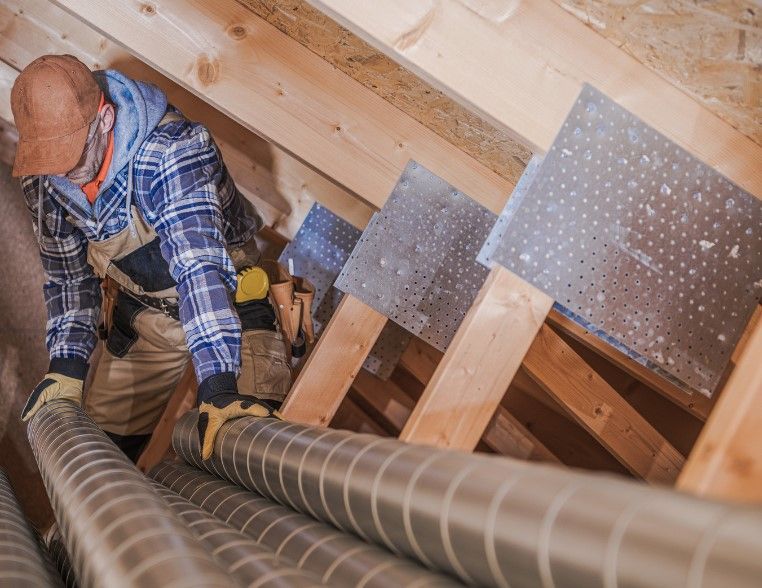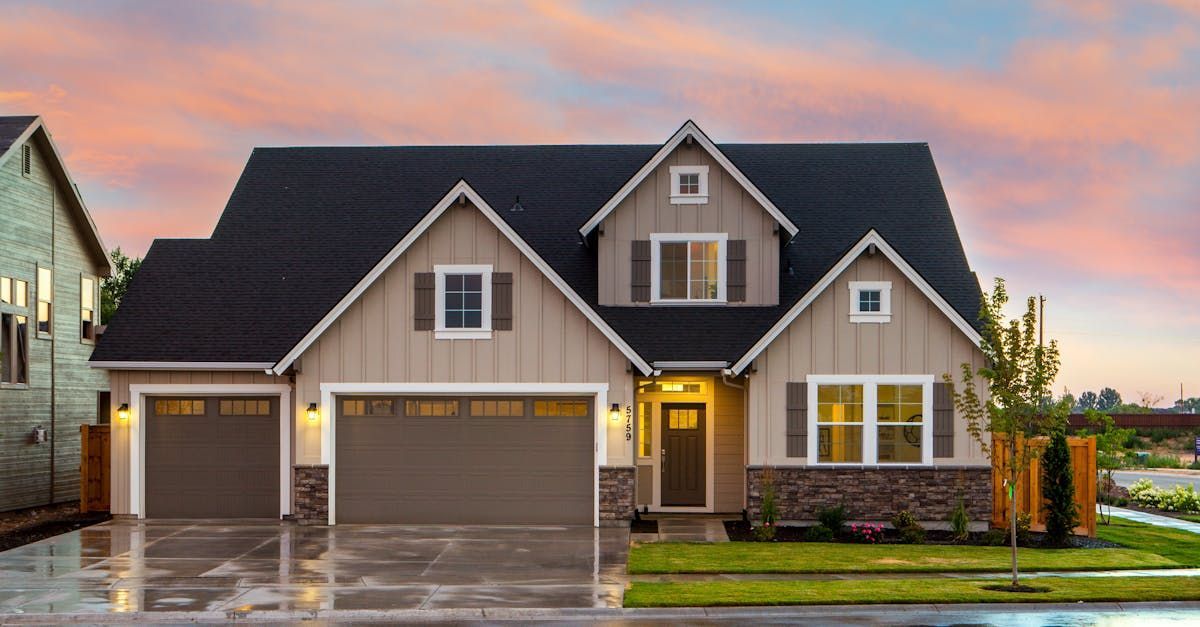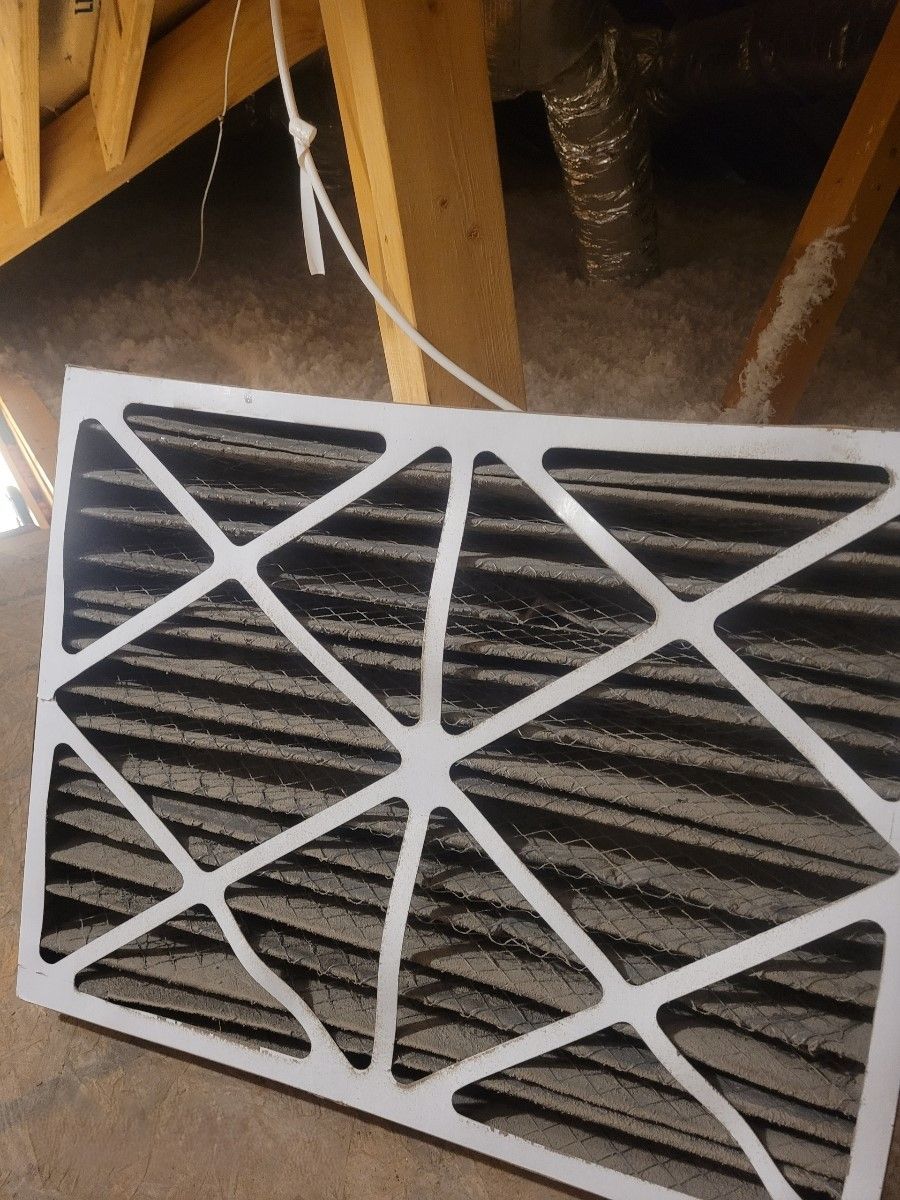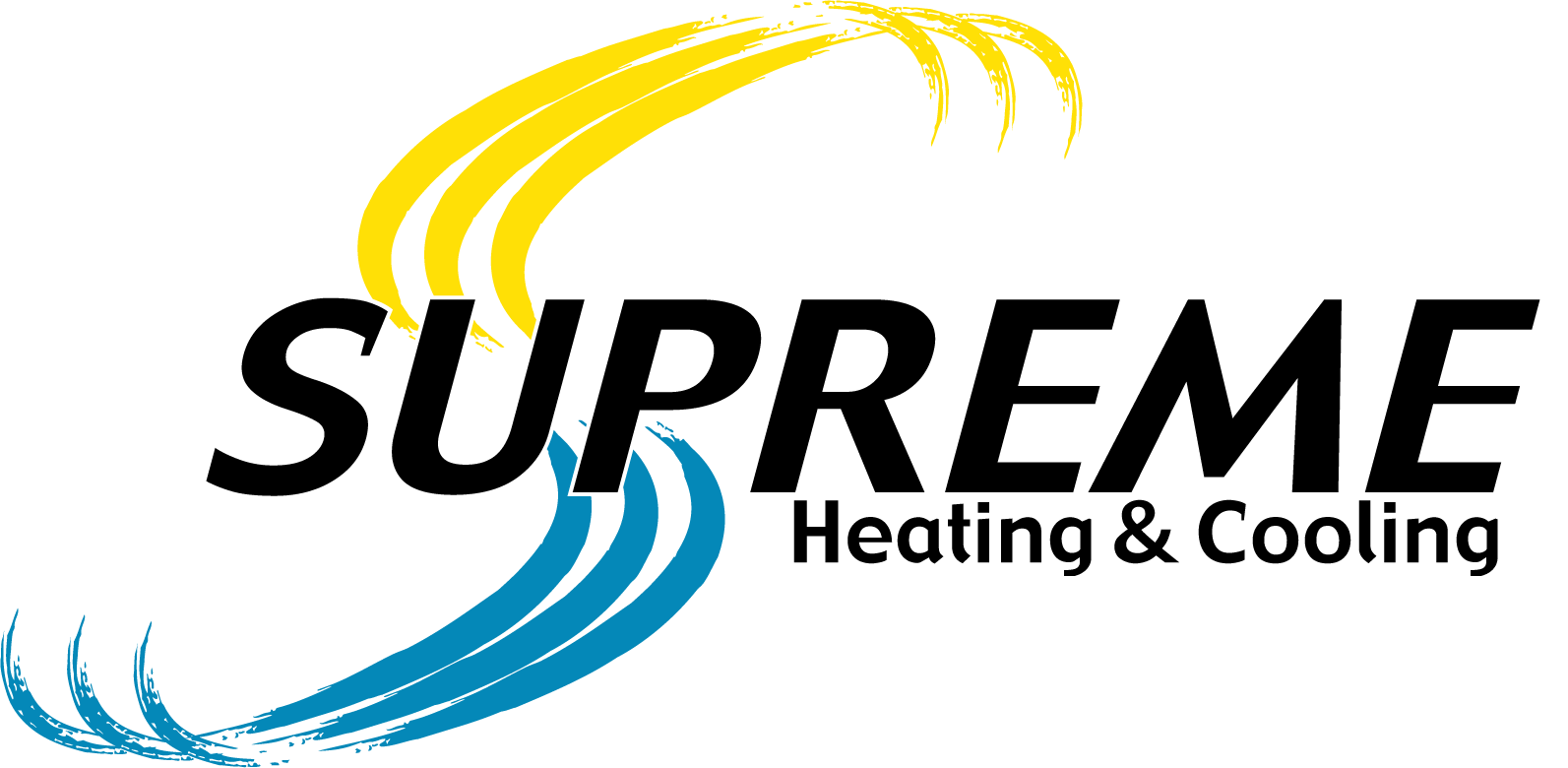The Science Behind Heating and Cooling Systems: How Do They Keep Us Comfortable?
Heating, ventilation, and air conditioning (HVAC) systems are marvels of modern engineering that significantly enhance our comfort. Whether you're escaping the summer heat or seeking warmth on a chilly winter day, these systems work tirelessly to maintain a pleasant indoor environment. But how exactly do they achieve this? Let's delve into the science behind heating and cooling systems and explore how they keep us comfortable year-round.
The Basics of Heating and Cooling
Heating Systems
Heating systems are designed to increase the temperature inside your home. There are several types of heating systems, including furnaces, heat pumps, and boilers, each with its own method of generating and distributing heat.
- Furnaces: Furnaces are the most common type of heating system. They burn fuel (natural gas, oil, or propane) or use electricity to produce heat. The heat generated is then distributed throughout the home via a network of ducts.
- Heat Pumps: Heat pumps are versatile systems that can provide both heating and cooling. They work by transferring heat from one place to another. In heating mode, a heat pump extracts heat from the outside air (even in cold weather) and transfers it indoors.
- Boilers: Boilers heat water and distribute the hot water or steam through pipes to radiators or underfloor heating systems. This method provides consistent and efficient heating.
Cooling Systems
Cooling systems are designed to reduce the indoor temperature and remove excess humidity. The most common cooling systems are central air conditioners and heat pumps.
- Central Air Conditioners: These systems use a refrigerant to absorb heat from the indoor air and release it outside. The cooled air is then circulated throughout the home via ducts. The process involves three main components: the evaporator coil (inside), the condenser coil (outside), and the compressor (which pumps the refrigerant between the two coils).
- Heat Pumps: In cooling mode, heat pumps operate similarly to air conditioners. They absorb heat from the indoor air and transfer it outside, cooling the interior space.
The Science of Heating and Cooling
The Refrigeration Cycle
At the heart of most cooling systems (and some heating systems, like heat pumps) is the refrigeration cycle. This cycle relies on the principles of thermodynamics to transfer heat from one area to another.
- Evaporation: The refrigerant absorbs heat from the indoor air as it evaporates in the evaporator coil. This process cools the air, which is then blown into the living spaces.
- Compression: The compressor increases the pressure of the refrigerant, raising its temperature as it moves to the condenser coil.
- Condensation: In the condenser coil, the refrigerant releases the absorbed heat to the outside air as it condenses back into a liquid.
- Expansion: The refrigerant then passes through an expansion valve, where its pressure and temperature drop, allowing it to absorb heat again and repeat the cycle.
Heat Transfer
The fundamental principle behind heating and cooling systems is heat transfer. Heat naturally flows from warmer areas to cooler ones. HVAC systems use this principle to either remove heat from the home (cooling) or add heat to the home (heating).
- Conduction: This is the transfer of heat through direct contact. For example, when the air heats up, it transfers heat to the walls, floors, and furniture through conduction.
- Convection: This is the transfer of heat through fluid motion, such as air or water. Forced-air systems rely on convection to distribute warm or cool air throughout the home.
- Radiation: This is the transfer of heat in the form of electromagnetic waves. Radiant heating systems, like underfloor heating, use this principle to warm objects and surfaces directly.
Maintaining Comfort
Temperature Regulation
Thermostats play a crucial role in maintaining a comfortable indoor temperature. Modern thermostats, including programmable and smart models, allow for precise control over the HVAC system, optimizing energy use and ensuring consistent comfort.
Humidity Control
Humidity levels also impact comfort. Excess humidity can make it feel warmer than it is, while low humidity can make the air feel cooler. Many HVAC systems include dehumidifiers or humidifiers to maintain optimal indoor humidity levels, usually between 30% and 50%.
Air Quality
Beyond temperature and humidity, HVAC systems also improve indoor air quality. Filters and purifiers remove dust, pollen, and other contaminants from the air, creating a healthier environment.
Conclusion
The science behind heating and cooling systems is a fascinating blend of thermodynamics, fluid mechanics, and advanced technology. By understanding how these systems work, we can better appreciate the comfort they provide and the importance of regular maintenance to keep them operating efficiently. Whether you're looking to stay cool in the summer or warm in the winter, trust the experts at Supreme Heating and Cooling to ensure your HVAC system is always performing at its best.
You might also like


Book a Service Today
We will get back to you as soon as possible
Please try again later
Quick & Reliable
We are available 24/7 via text, email or telephone
Location
777 N. Grove Rd Suite 117
Richardson TX 75081
contact@supreme-ac.com
Call
(972) 530-4231
All Rights Reserved | Supreme Heating and Cooling, Inc. | TACLA36129A

